CD6
-
Official Full Name
CD6 Molecule -
Overview
CD6 is a monomeric 105- or 130-kD membrane glycoprotein that is involved in T-cell activation. The size difference between the 2 CD6 forms is due to differences in phosphorylation -
Synonyms
T-cell differentiation antigen CD6;T12;CD6 antigen;OTTHUMP00000236965;OTTHUMP00000236967;OTTHUMP00000236969;OTTHUMP00000236970;OTTHUMP00000236971;TP120;FLJ44171;CD6;CD6 molecule
Recombinant Proteins
- Human
- Mouse
- Rat
- HEK293
- Human Cell
- C-His
- Wheat Germ
- Mammalian cells
- E.coli
- Insect cells
- In Vitro Cell Free System
- His
- GST
- Non
- His&T7
- Fc
- His&Fc
- His&Fc&Avi
Background
What is CD6 Protein?
CD6 is basically a protein you can mostly find on T-cells, a kind of immune cell in our bodies. It plays a role in how these cells communicate and respond during an immune reaction. CD6 has three special regions known as SRCR domains that help it bind to other molecules. It's mainly involved in processes that keep T-cells activated, making it pretty important for the immune system's function. Some variations of the CD6 gene might increase the risk of developing conditions like multiple sclerosis.
What is the Function of CD6 Protein?
CD6 is like a marker protein that hangs out on the outside of T-cells, those crucial players in our immune system. It plays around with other molecules to help T-cells get activated and do their job, essentially keeping the immune response in the game. This protein has these unique SRCR domains that let it link up with some specific partners, ensuring the T-cells keep fighting off those unwelcome invaders.
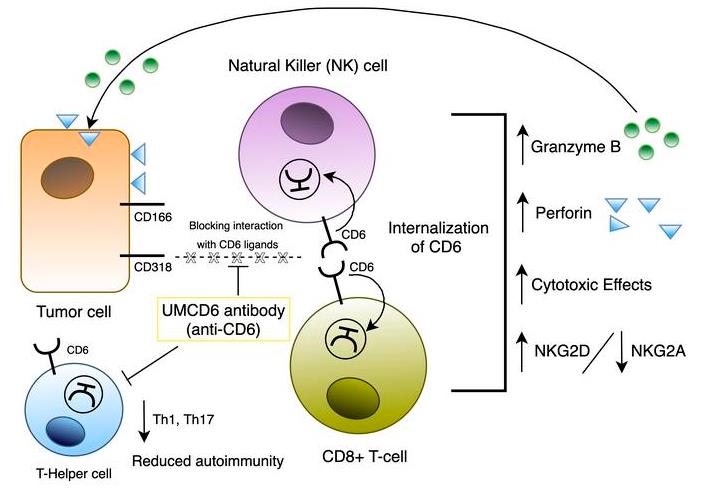
Fig1. CD6 is a target for cancer immunotherapy. (Jeffrey H. Ruth, 2021)
CD6 Related Signaling Pathway
CD6 is kind of like a big player in the immune system, especially in T-cells. It sits on the cell surface and helps manage how T-cells connect and interact with other cells, sort of like making sure the call gets through in cellular communication. It's got these special parts called SRCR domains, letting it bind with certain molecules on other cells. This connection's crucial for firing up T-cells to do their job. CD6 is also part of the crew that keeps the immune response in check, balancing activation and preventing overreactions that might lead to issues like autoimmunity. It's like an essential regulator making sure everything runs smoothly when your body's defending itself.
CD6 Related Diseases
CD6 is a protein hanging out on T-cells and has been pointed out in various diseases, particularly autoimmune ones like multiple sclerosis. It seems to play a part in how our body's defense gets fired up, maybe too much sometimes, which might explain its involvement in these conditions. When T-cells don't know when to chill, they could attack the body's own tissues, thinking they're outsiders, and that's where CD6 might be stirring the pot. Researchers are keen on figuring out its exact role and how tweaking it might help tackle these diseases, possibly leading to some new therapies. So, CD6 isn't just sitting on the sidelines—it's kind of in the thick of the action when it comes to immune responses gone rogue.
Bioapplications of CD6
Recombinant CD6 protein has quite a few cool applications across different areas like research and industry. In scientific research, it's used to dig deeper into how the immune system works, especially focusing on T-cell activities since CD6 is a big player there. By studying it, researchers can uncover new insights into immune responses and potential therapeutic targets for various diseases. In the industrial realm, recombinant CD6 can be utilized in drug development, especially for crafting therapies aimed at autoimmune diseases or cancers where CD6 might be involved. It's also a handy tool in developing diagnostic kits because it can help in detecting diseases linked to immune responses. Overall, recombinant CD6 serves as a versatile tool that bridges the gap between understanding complex biological processes and creating practical applications in medicine and diagnostics.
Case Study
Case Study 1: Raquel Filipa Freitas, 2019
In the world of immune system research, molecules tied to the immune synapse, like CD6, are getting a lot of attention as potential targets for therapy. CD6 is found on almost all CD4 T cells, but understanding its role has been tricky. When we looked into both mouse and human antibodies aimed at CD6 domain 1, we discovered that targeting CD6 significantly affected how CD4 T cells matured. Specifically, higher doses of anti-CD6 antibodies stopped CD4 T cells from becoming Foxp3+ Tregs and instead nudged them towards a Th1 fate. Interestingly, there was no noticeable effect on Th2 or Th17 cell development. These lab findings help explain why, in practice, using anti-CD6 treatments might lose their anti-inflammatory benefits at higher doses, highlighting the complex and sometimes unexpected effects of tweaking the immune response.
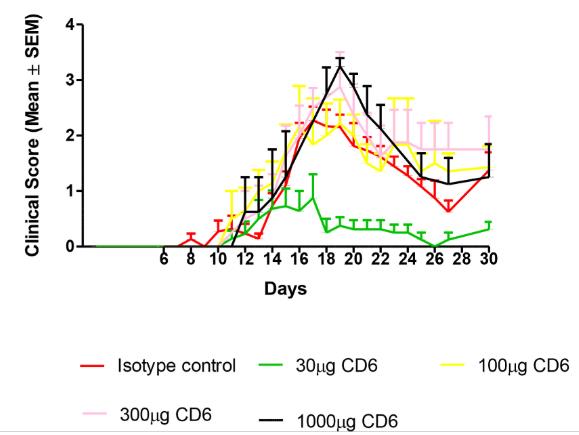
Fig1. Clinical score for each concentration of anti-CD6 and control group of mice immunized with MOG35–55 peptide are shown.
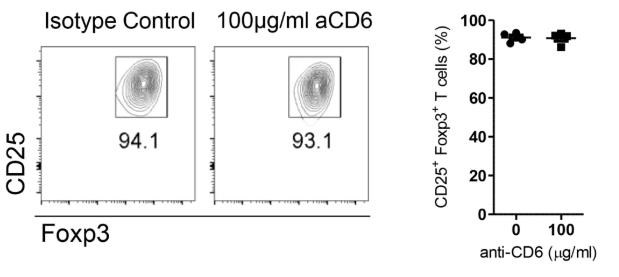
Fig2. CD25+Foxp3+ T cells within CD4+TCRβ+ T cells at the end of 4-days culture of OVA-specific TCR-transgenic OT-II.
Case Study 2: Neetha Parameswaran, 2023
In this study, we found out that CD6, a known T cell marker, is highly expressed in most T-cell lymphomas (TCL), which are aggressive and tough to treat. This discovery means CD6 might be a new target for tackling this serious blood cancer. We designed a special antibody-drug conjugate (CD6-ADC) by linking a powerful cancer-killing toxin, monomethyl auristatin E (MMAE), to an antibody that specifically targets CD6. Compared to just using the antibody alone or a non-specific control, CD6-ADC effectively wiped out TCL cells in lab tests, showing it works based on both the dose and time given. It also stopped tumors from growing in preclinical models. More excitingly, when administered either throughout the body or directly at the tumor site, CD6-ADC or its human-like version successfully shrank existing tumors in mice models of TCL, unlike the controls. This highlights CD6 as a promising new target for TCL treatment and paves the way for further exploration of CD6-ADC as a potential therapy.
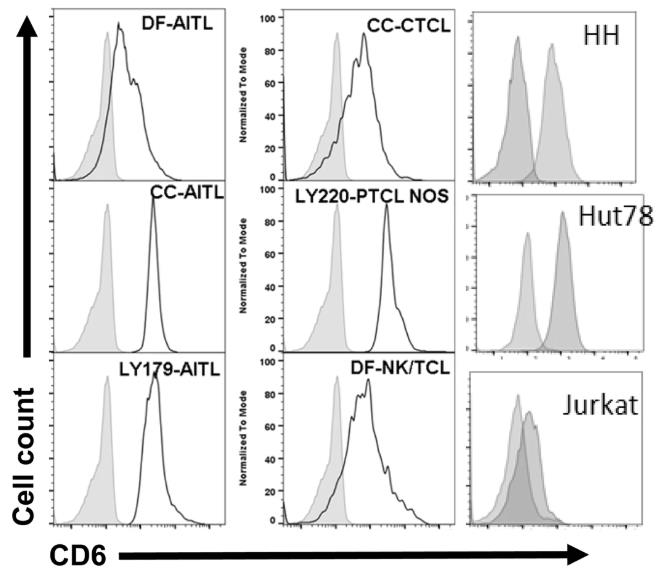
Fig3. A custom TCL microtissue array was also stained with the same anti-CD6 mAb in immunohistochemical analyses.
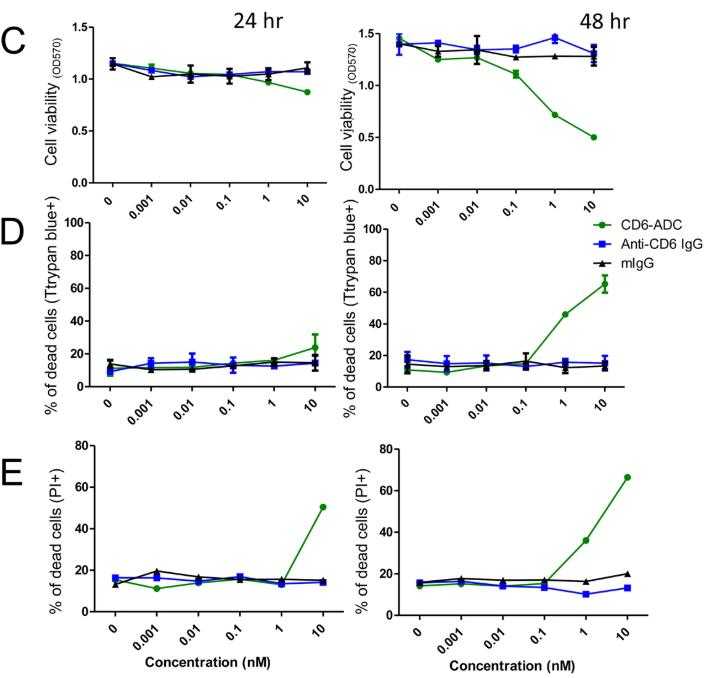
Fig4. CD6-ADC potently killed various TCL cells in time- and concentration dependant manners as analyzed by different assays.
Quality Guarantee
High Purity
.jpg)
Fig1. SDS-PAGE (CD6-0839H)
.
.jpg)
Fig2. SDS-PAGE (CD6-05H)
Involved Pathway
CD6 involved in several pathways and played different roles in them. We selected most pathways CD6 participated on our site, such as Cell adhesion molecules (CAMs), which may be useful for your reference. Also, other proteins which involved in the same pathway with CD6 were listed below. Creative BioMart supplied nearly all the proteins listed, you can search them on our site.
| Pathway Name | Pathway Related Protein |
|---|---|
| Cell adhesion molecules (CAMs) | NEGR1,CADM1,GLG1,LRRC4B,PVRL3,F11R,NEO1A,CLDN7A,ITGA4,CLDNF |
Protein Function
CD6 has several biochemical functions, for example, lipopolysaccharide binding,lipoteichoic acid binding,protein binding. Some of the functions are cooperated with other proteins, some of the functions could acted by CD6 itself. We selected most functions CD6 had, and list some proteins which have the same functions with CD6. You can find most of the proteins on our site.
| Function | Related Protein |
|---|---|
| lipopolysaccharide binding | CATHL3,BPI,P2RX7,KIAA0644,RNASE7,HMGB1,LBP,HSPD1,TLR4,CD14 |
| protein binding | TRIP12,COPS8,AKAP13,KIAA0319L,LRP12,SRMS,PITPNM3,MPDZ,SLC1A1,XRN1 |
| scavenger receptor activity | PRSS12,CD163L1,PGBD1,ENPP2,LGALS3BP,HHIPL1,LGALS3BPA,CXCL16,C8orf84,ENDOU |
| lipoteichoic acid binding | TREM2,CD14,TLR2,LBP |
Interacting Protein
CD6 has direct interactions with proteins and molecules. Those interactions were detected by several methods such as yeast two hybrid, co-IP, pull-down and so on. We selected proteins and molecules interacted with CD6 here. Most of them are supplied by our site. Hope this information will be useful for your research of CD6.
Sdcbp;LGALS1;LGALS3;ALCAM;SDCBP;GYG1;NFE2L1;acnA
Resources
Research Area
ITIM/ITAM Immunoreceptors and Related MoleculesT Cell Migration
CD Antigen (T Cell Antigen Recognition)
Scavenger Receptors
Related Services
Related Products
References
- Wan, HQ; Yang, H; et al. Structural characterization of a protective epitope spanning A(H1N1)pdm09 influenza virus neuraminidase monomers. NATURE COMMUNICATIONS 6:-(2015).
- Budamakuntla, L; Madaiah, M; et al. Itolizumab provides sustained remission in plaque psoriasis: a 5-year follow-up experience. CLINICAL AND EXPERIMENTAL DERMATOLOGY 40:152-155(2015).


